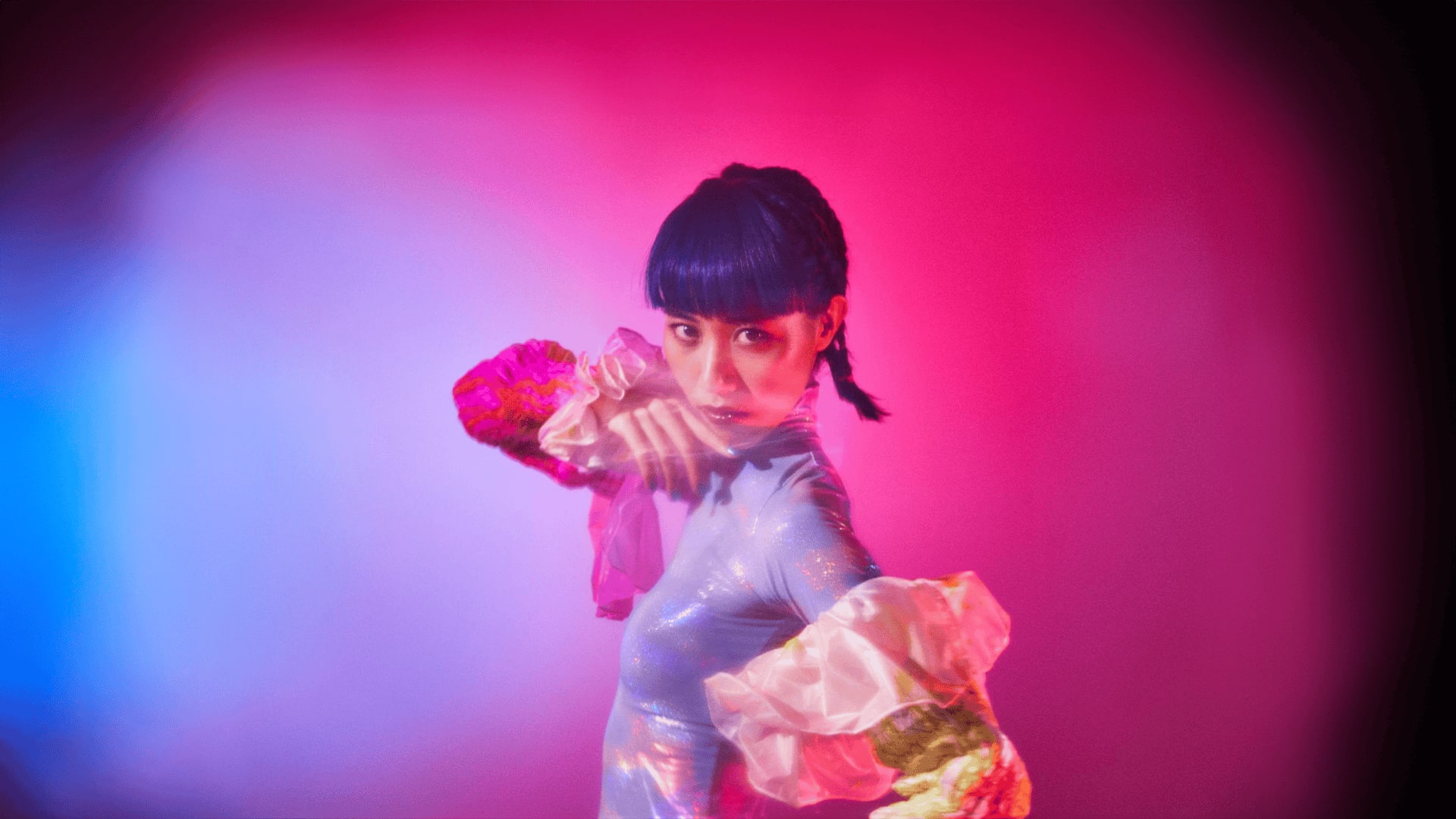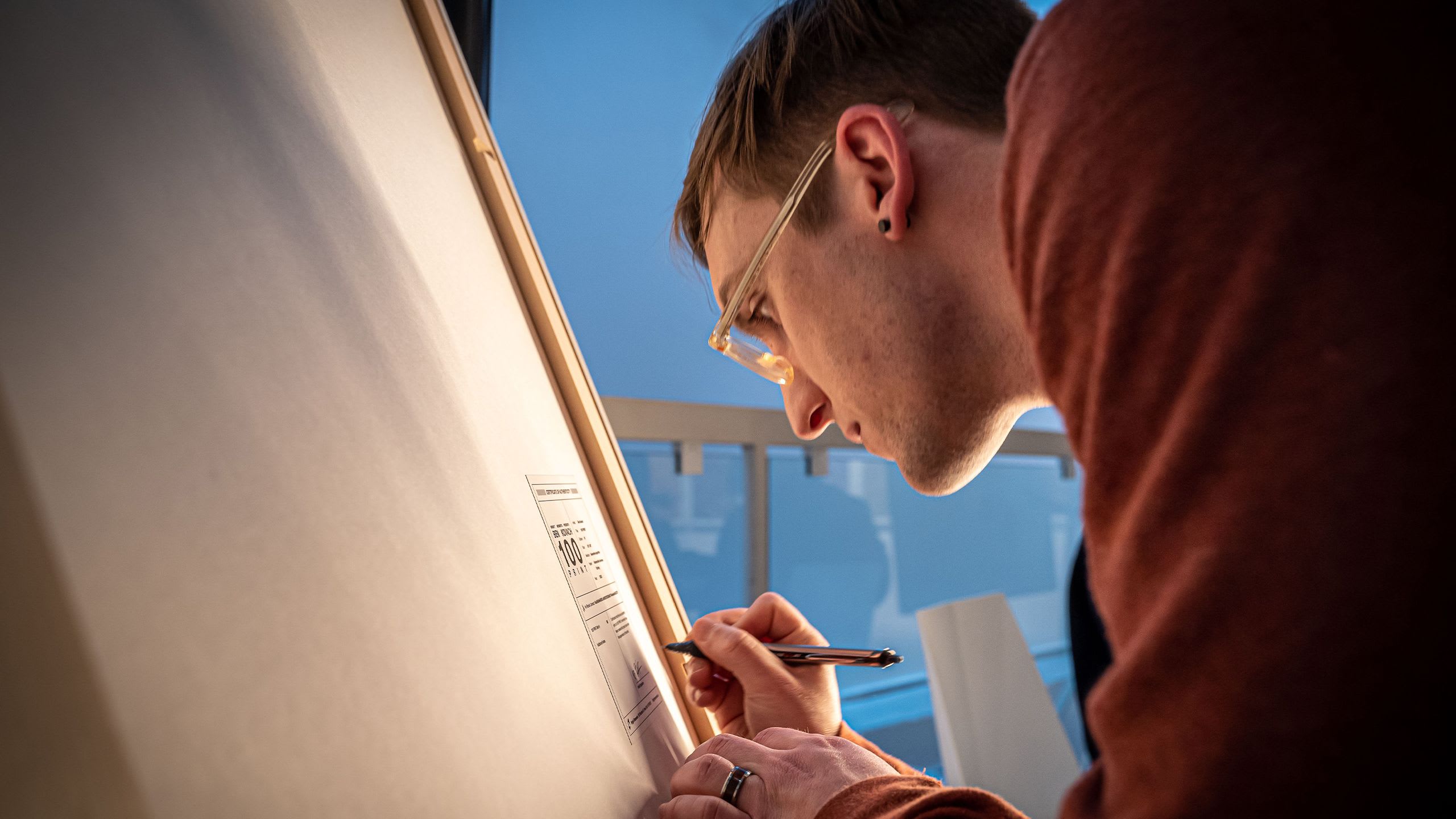INTERVIEW
In Conversation with Aaron Penne on Apparitions
In Conversation with Aaron Penne on Apparitions
by Jeff Davis
•
15 Mar 2021
Aaron Penne is an engineer and an artist. He explores the blurred line between organic and algorithmic. For him, creating generative artwork is about inspiring curiosity and building community. I spoke with Aaron about generative art and his upcoming project with Art Blocks, Apparitions.
Jeff Davis: Hi Aaron, it’s great to have an opportunity to learn more about you. How did you first get into making generative art?
Aaron Penne: Art is a pivotal thing for me, it’s an expression, it just has to happen. For many years in my youth, I wrote and shared poetry and sketches. But generative artwork was really the key that allowed the creative outlet that I needed. I learned to code through my embedded systems education in 2011, but I learned to love it from my friend and mentor emptymonkey. They taught me to treat coding as a creative meditation: something deeper and more beautiful than just control logic. This ethos has been the basis for all of my explorations since. In 2017, I was pivoting careers from electrical engineering into data science and making data visualizations in my spare time. Visualizing data can be very expressive but there are also strict rules about what makes a visualization “good.” I followed Edward Tufte’s rules as closely as possible while still being creative. At that point I was using Python’s matplotlib library and came across beautiful artwork by Zach Bodtorf who also worked in matplotlib. It was the inspiration I needed to take the tools I used for work and repurpose them towards creative expression.

JD: Has your creative practice changed over time?
AP: The general process hasn’t changed; I still treat each artwork with the same wide-eyed curiosity. I actively seek out inspiration from non-generative things like sculpture, painting, music, and nature. As my technical skill increases over time from work and creating art, I’m able to make less of a mess during the process, but still try to trust instincts and follow new ideas.

JD: Any recent accomplishments you’d like to share?
AP: I held an online pop-up to sell prints for a limited time and donated 100% of profits to the Stonewall Alliance Center of Chico, an LGBTQ+ resource in my hometown. The project landed on the front page of the local paper, meaning a lot of people in that region who never heard of Stonewall Alliance now had access to it.

JD: Then how did you discover NFTs/crypto art?
AP: Erick first explained the space to me while Art Blocks was in development. We were discussing doing a generative project in 2019, and he brought up this exciting new thing built on Ethereum later the next year. His passion for generative art is what convinced me to participate. With people like him at the helm, I think NFT/crypto is a natural positive evolution for the medium.

JD: Alright, let’s talk Apparitions! What was the inspiration behind the project?
AP: I have been working with this layered form for a couple years. It speaks to me. To be able to draw repetitive lines and create dynamic movement is such a powerful thing to me. It gets to the core of why generative artwork is such an incredible medium. Writing code and seeing your abstract vision come to life instantly, tweak a parameter and see it change the composition, it’s magic every time. This artwork tries to capture that magic.
JD: What should collectors look for as the series is minted and revealed?
AP: This series is really about exploring color and motion. I’m interested in the subtle interactions between colors when changing their spatial relationship. The folds and movement are illusions, the work is strictly 2D, and the combination of relatively simple components lead to complex pieces. There is emotion contained in the level of movement, the direction, the structure or chaos.
JD: I’m really looking forward to the drop. Anything else people should know to better understand your art?
AP: I want people to have one of two responses to my work: “that is beautiful” or “I could make that.” My goal is to inspire curiosity. I want to help lead people who think of themselves as non-technical to coding. It is potentially life changing.
JD: And what’s the best way for people to follow your work?
AP: My website, Instagram, and Twitter.
https://artblocks.io/project/28
First published 15th March 2021: https://beta.cent.co/artblocks/+dlg37p.



